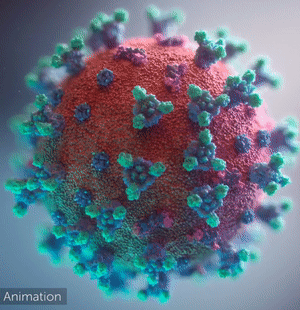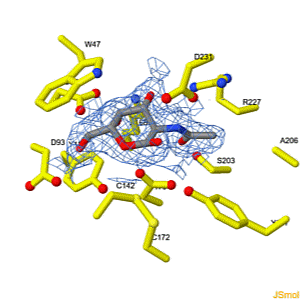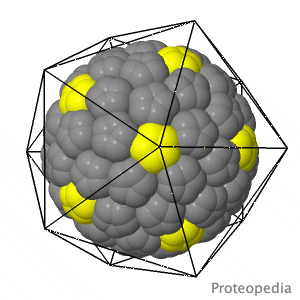Sandbox Home
From Proteopedia
| Line 4: | Line 4: | ||
<tr> | <tr> | ||
<td colspan="3" style="background:#F5F5FC; border:1px solid #ddd;"> | <td colspan="3" style="background:#F5F5FC; border:1px solid #ddd;"> | ||
| - | <div style="position:relative; top:0.2em; font-size:1.2em; padding:5px 5px 5px 10px; | + | <div style="position:relative; top:0.2em; font-size:1.2em; padding:5px 5px 5px 10px; text-align:right; display:block;"> |
| - | + | <b><i>ISSN 2310-6301</i></b> | |
| - | + | </div> | |
<span style="display:block; margin:0; padding:0.3em; color:#000; font-style:italic; font-size:1.4em;"> | <span style="display:block; margin:0; padding:0.3em; color:#000; font-style:italic; font-size:1.4em;"> | ||
Revision as of 16:13, 30 September 2025
ISSN 2310-6301
As life is more than 2D, Proteopedia helps to bridge the gap between 3D structure & function of biomacromolecules
Proteopedia presents this information in a user-friendly way as a collaborative & free 3D-encyclopedia of proteins & other biomolecules.
|
||||||||
| Selected Research Pages | In Journals | Education | ||||||
|---|---|---|---|---|---|---|---|---|
|
|
|
||||||
|
||||||||




